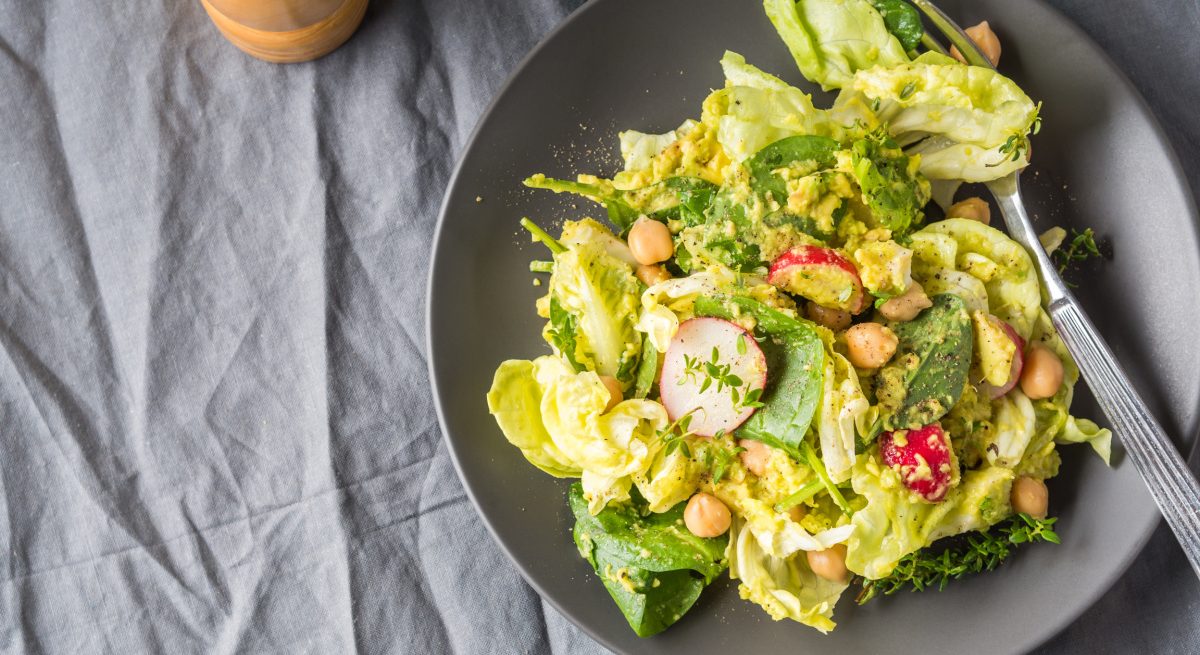Riding on the Vegan Flow, Restaurants Must Innovate and Compete
5 Min Read By Subhra Prasanta Das
When it comes to culinary preferences, veganism has exploded in popularity over the last decade, and even more so in past few years. Vegan principles, vegan cooking, as well as dining in vegan restaurants have become more and more popular than ever, especially amongst health-conscious customers and animal rights activists throughout the world.
Plant-based foods have hit restaurants worldwide and they are coming up with a wide range of options. Impossible Foods and Beyond Meat, for instance, have made a wide array of similar-looking food products available, and diners have responded favorably. Some other restaurants going with the vegan flow are
- Del Taco offers a variety of Beyond Meat alternatives, including tacos, burritos, bowls, as well as crispy tostada.
- The Impossible Burger and a house-made vegetarian patty prepared with quinoa and ancient grains are two vegan-friendly burger patties offered by Red Robin.
- Long John Silver's tried plant-based fish fillets and crab cakes at five sites in California and Georgia last year.
- Burger King's Impossible Whopper, which makes use of the Impossible Burger, has become a standard.
- Peet's Coffee is offering a vegan breakfast sandwich prepared with Just Egg, which is made with mung beans.
Legumes, vegetables, fruits, seeds, and nuts, which make up a large part of the vegan diet, have proven to assist in the management of a wide range of chronic diseases. It particularly helps to lower the level of type 2 diabetes, cholesterol, cancer rates, and hypertension. Vegans are also less likely to be overweight and have a lower body fat percentage, which reduces the risk of many other diseases, according to some research. Plant-based diets are also linked to a lower risk of cardiovascular disease and cardiovascular mortalities, according to several studies.
The rapid rise in the prevalence of type 2 diabetes and obesity is linked to economic growth and subsequent "nutrition shift," or changes in dietary habits brought about by differences in the way food is produced, delivered, and eaten in recent decades. Ultra-processed meals with high calorie concentration but with poor nutritional content have been introduced in recent years. Consumers are drawn to these meals as they come with attractive packaging, are ready-to-eat and very tasty. These products are also highly promoted to attract more and more customers. However, multiple studies have associated their intake with an increased likelihood of obesity and diabetes. Besides, there has been a growing awareness amongst people about the adverse effects of intake of such food items, both on the human body and the environment.
From Health Consciousness to Animal Welfare, Plant-based Culinary Diet Caters to All
The restaurant business as a whole has started to provide more plant-based alternatives to clients, and the number of vegan eateries throughout the world is growing almost on a daily basis. Vegan or plant-based culinary trends and innovative methods of eating have captured the attention of the entire world. It is something that the restaurant business must embrace and plan for in order to fulfil the demand of rising number of vegan customers.
This culinary trend strikes a different chord with each person, who has their own reasons for switching to a vegan diet. From health problems to preventing climate change to animal rescue, and many more, people are going vegan. Plant-based diet has experienced significant growth amongst its followers who consume plant-based vegan meal and adhere to the restrictions associated with such a lifestyle.
Ranch and Caesar dressing made from plants have qualities that make them excellent for a variety of convenience foods. Fresh herbs, pickled vegetables, fermented foods such as vinegar or soy sauce, nuts, and fresh or dried fruit can all be used in salad dressings. Herbs, garlic, onion, mustard, and spices are usually mixed with mayonnaise or some other oil emulsion to prepare ranch dressing. Worcestershire sauce, salt, black pepper, dijon mustard, eggs, lemon juice, smashed garlic, olive oil, and anchovies are commonly used in Caesar dressing. Both dressings are used in the production of a wide range of convenience, bread, and confectionery foods. According to a report by Transparency Market Research, plant-based dressing labels with organic ingredient panels or gluten-free claims have shown considerable sales growth in North America over the last few years.
Plant-based dairy, which includes milk substitutes such as grain and nut milk, is a leading segment in the plant-based market. However, many industry watchers expect that the demand for meat substitutes is likely to rise quickly and become the most valuable market category. Future breakthroughs such as lab-grown and 3D-printed meat products could stifle expansions of the plant-based market. Although some experts believe the rise in meat alternatives is a passing fad, customers appear to be dedicated to plant-based diets.
In another study by Transparency Market Research, plant-based wedges are in high demand too due to a shift in customer preferences toward veganism, lactose intolerance, and milk allergies. In addition to that, diet-conscious people choose plant-based diets since plant-based cheese wedges are lactose-free, low in fat, and low in sugar. Plant-based cheese wedges are very popular amongst health and diet-conscious people, as they come with minimal lactose, fat, and sugar. Food businesses are evolving significantly with time, offering new designs and shapes to wedges for better product usage and to provide the same creamy flavor and delight as dairy cheese. Plant-Based cheese wedges are also widely utilized in the food service industry, where they are used to make pasta, pizza, burgers, patties, and many other food products.
Less of Meat Intake – A Leap toward Better Planet
The demand for plant-based food items is already prompting restaurant operators to modify their existing menus. The influence can be seen across the business, and continued expansion is likely to transform things even more in the coming years. Many fast-food restaurants have jumped onto the plant-based meat bandwagon in recent years, the latest being KFC, which recently launched plant-based alternative named "Beyond Fried Chicken" to its existing product offering in the US.
By exploring or accepting these products, restaurant owners may capitalize on the rising demand in plant-based foods and future-proof their menus. Incorporating these options into existing menus as the industry recovers from the damage inflicted by COVID-19 could also assist to pique consumer interest and gain new consumers.
These restaurants also appeal to a wider spectrum of clients with the inclusion of plant-based menu options. These menu options in restaurants could be particularly useful in attracting vegetarian, flexitarian, and vegan customers who are hunting for meat-free options in the local area. Customers who would like to reduce their consumption of meat but don't necessarily desire a vegan or vegetarian alternative can find them appealing.
Plant-based entrées can help a restaurant stand apart from its competitors by generating interest in its innovative and creative offering, and also by linking a product with environmental sustainability and health. Indeed, rich plant-based meals like legumes and grains provide restaurants with various advantages, including reduced prices, a longer shelf life, and less price fluctuation than animal-based products.
Transparency Market Research’s analysis of the global plant-based shrimp entrée bowls market predicts a significant rise in demand for the product between 2021 and 2031. Due to the rising popularity of veganism, as well as environmental and ethical concerns, there is a higher demand for vegan seafood than ever before. People are switching to plant-based food items over non-vegetarian food as a result of the COVID-19 outbreak as well, so plant-based shrimp entrée bowls are rapidly gaining popularity.


